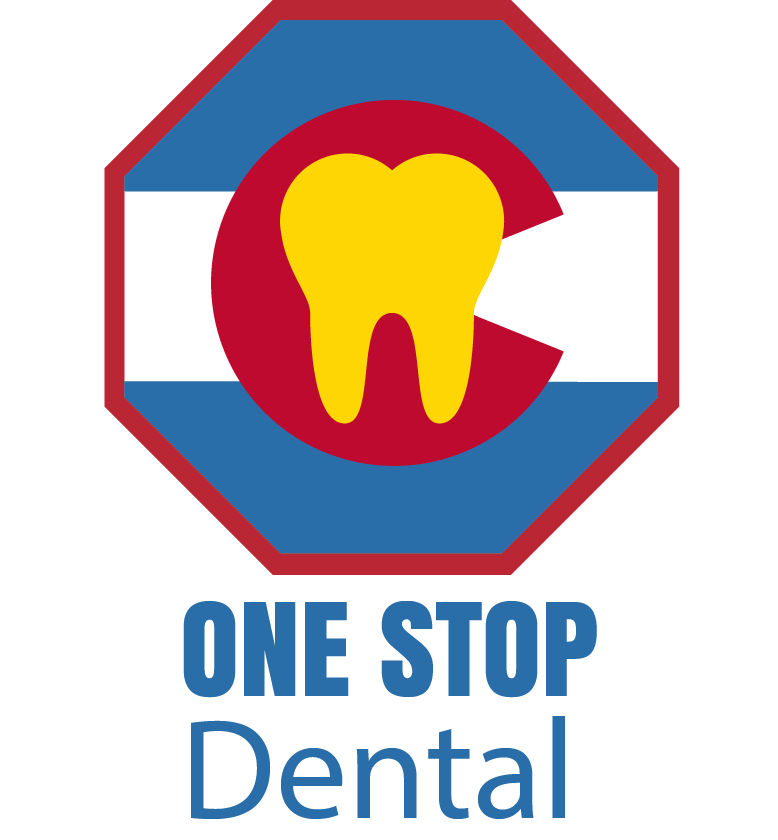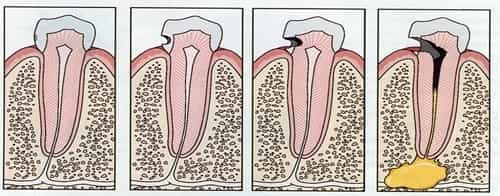Dental Fillings in Colorado Springs, CO
Your One Stop Dental Private Practice in Colorado Springs, CO
Comprehensive Dental Filling Services by Dr. Seth Kimmelman
At his Downtown Colorado Springs dental office, Dr. Seth Kimmelman offers traditional “silver” fillings along with more natural-looking “tooth-colored” fillings. Unlike other high-volume practices, Dr. Kimmelman personally performs the entire restoration procedure—from the removal of decay to the placement of the filling material—with precision and attention to detail.
Dental Fillings Overview
Dental fillings remove decay and restore the affected tooth structure. They are called fillings because a new material fills the hole left by decay. Caught early, cavities can be treated easily and without unnecessary pain. If not treated, decay can lead to tooth pain and/or infection, requiring a root canal or extraction.
Types of Dental Fillings
Dr. Kimmelman provides a variety of filling materials, including traditional silver amalgam and more modern tooth-colored composite fillings. Each filling material is suited to different conditions and patient preferences.
Tooth-Colored Fillings
Dental composite or tooth-colored fillings are restorative procedures used to repair teeth affected by decay and replace silver amalgam fillings. Dr. Kimmelman uses only the most advanced, biocompatible composite materials on the market.
Advantages of Tooth-Colored Fillings
- Life-like aesthetic appearance
- Biocompatibility
- Bonds directly to the tooth, providing additional support
- Less tooth structure needs to be removed compared with amalgams
Choosing the Right Filling Material
When deciding between silver amalgam and tooth-colored fillings, consider factors such as the cavity’s location, the filling’s size required, aesthetic preferences, and cost. Dr. Kimmelman can help guide your choice based on your specific dental health needs.
If you are experiencing cavity symptoms or are due for a dental check-up, contact our office to schedule an appointment with Dr. Seth Kimmelman. Early detection and treatment are key to maintaining oral health and avoiding more invasive dental procedures.


